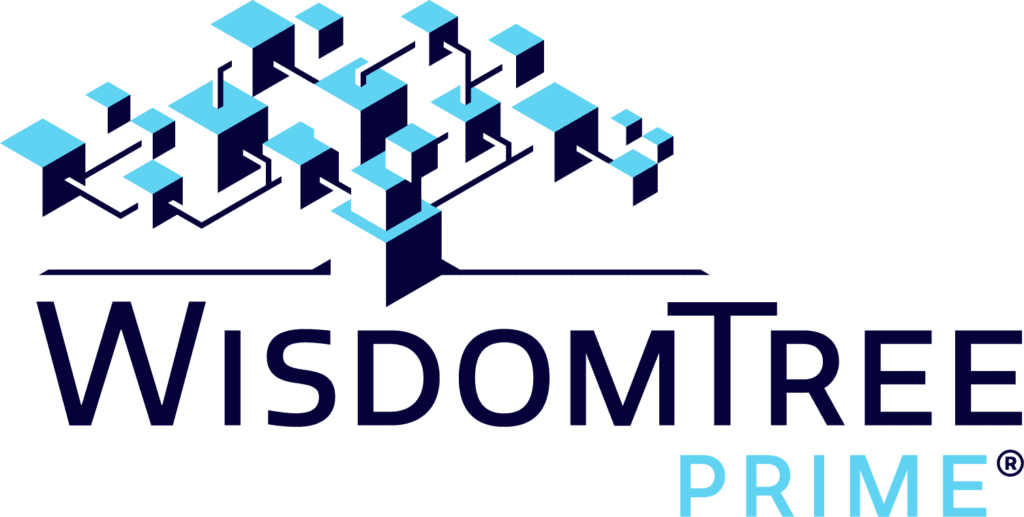Blockchain technology, real world assets tokenization and smart contracts are concepts and buzzwords talked about frequently in financial services today. But what are some of the use cases in real life and how can this technology be applied? This is the first blog in a series where we’ll discuss some of the actual use cases of how this technology can and will impact financial services and the potential improvements end investors can expect.
Use Case #1: Rebalancing discretionary multi-asset class model portfolios achieved through interoperability and smart contracts
Blockchain technology has the potential to revolutionize model portfolio rebalancing, making it more efficient, scalable, and transparent. By tokenizing both traditional and alternative assets and using smart contracts to automate the rebalancing process, blockchain can enable portfolio managers to seamlessly manage large numbers of discretionary multi-asset class portfolios.
Today, model portfolio construction and rebalancing are critical components of asset management, helping to ensure that portfolios remain aligned with investors’ risk tolerances and investment objectives. However, the current process of rebalancing discretionary model portfolios is often manual and time-consuming, particularly if the portfolio holds alternative investments. Adjusting portfolio allocations across asset types (both public and private) requires multiple systems, manual processes, and multiparty reconciliation in addition to Portfolio Managers (PMs) maintaining cash allocations which can impact overall portfolio costs and returns.
Potential Solution
Blockchain technology can improve the end consumer’s experience with model portfolios by:
1. Democratizing tokenized assets: Tokenization can make alternative investments easier to trade, enabling them to be included alongside traditional investments in model portfolios and therefore more accessible to clients than in the current structure.
2. Automating the rebalancing process: Smart contracts can automate the rebalancing process and enable the rebalancing of thousands of portfolios at once, eliminating the need for manual intervention reducing the risk of errors, and in addition, reducing costs. These portfolios can also be customized to specific client risk tolerances and needs, improving the investment process for the end consumer without a ‘one size fits all’ approach to investment profiles.
3. Providing transparency and auditability: Blockchain-based systems provide a single source of truth for portfolio data, making it easier to track and audit portfolio performance.
4. Increasing accessibility: Leveraging interoperability solutions enables PMs to build portfolios across disparate chains providing new investment opportunities to a potentially new customer base that is more customized.
Proof of Concept
WisdomTree’s recent proof-of-concept with JPM and Apollo announced this week through Project Guardian demonstrated the feasibility of using blockchain to rebalance model portfolios that include both WisdomTree tokenized digital funds as well as Apollo’s tokenized alternative investments with JPM acting as the Portfolio Manager. JPM’s Onyx Digital Assets was used as the base chain that connected to Ethereum Virtual Machine (EVM) and non-EVM blockchain networks via designated interoperability solutions and used smart contracts to automate the rebalancing process. This proof of concept also demonstrated the ability to use hybrid blockchain infrastructure, such as Avalanche Evergreen Subnets, individual blockchains with customizable gas settings and built-in permissioning, to both mint and transfer assets to other private or public blockchains.
Challenges & Considerations
While tokenization has the potential to enhance liquidity by creating more efficient transactions, blockchain technology does not, in and of itself, create liquidity. In addition, to provide additional choice within model portfolios, the number of available tokenized investments will need to increase. Implementation, education and balancing between the amount of data to provide on-chain with respect to a model portfolio versus privacy will warrant further consideration. Nonetheless, the prospects for an evolution in the future of asset management through blockchain technology are exciting.
Conclusion
Blockchain technology has the potential to revolutionize model portfolio rebalancing, making it more efficient, scalable, and transparent. By tokenizing both traditional and alternative investments and using smart contracts to automate the rebalancing process, blockchain can enable portfolio managers to seamlessly manage large numbers of discretionary multi-asset class portfolios. It could also make it easier and more affordable for portfolio managers to include alternative investments in model portfolios, which could lead to improved portfolio performance for investors. For the end client, this can result in cost savings, improved reporting, and access to new investment products. Additionally, blockchain could help to democratize access to model portfolios, making them more accessible to a wider range of investors.
To read the full report, click here.
Important Risks Related to this Article
There are risks associated with investing, including the possible loss of principal. Blockchain technology is a relatively new and untested technology, with little regulation. Blockchain systems could be vulnerable to fraud, particularly if a significant minority of participants colluded to defraud the rest. Potential risks also include vulnerability to theft, or inaccessibility, and future regulatory developments could affect its viability. Using an asset allocation strategy does not assure a profit or protect against loss.







